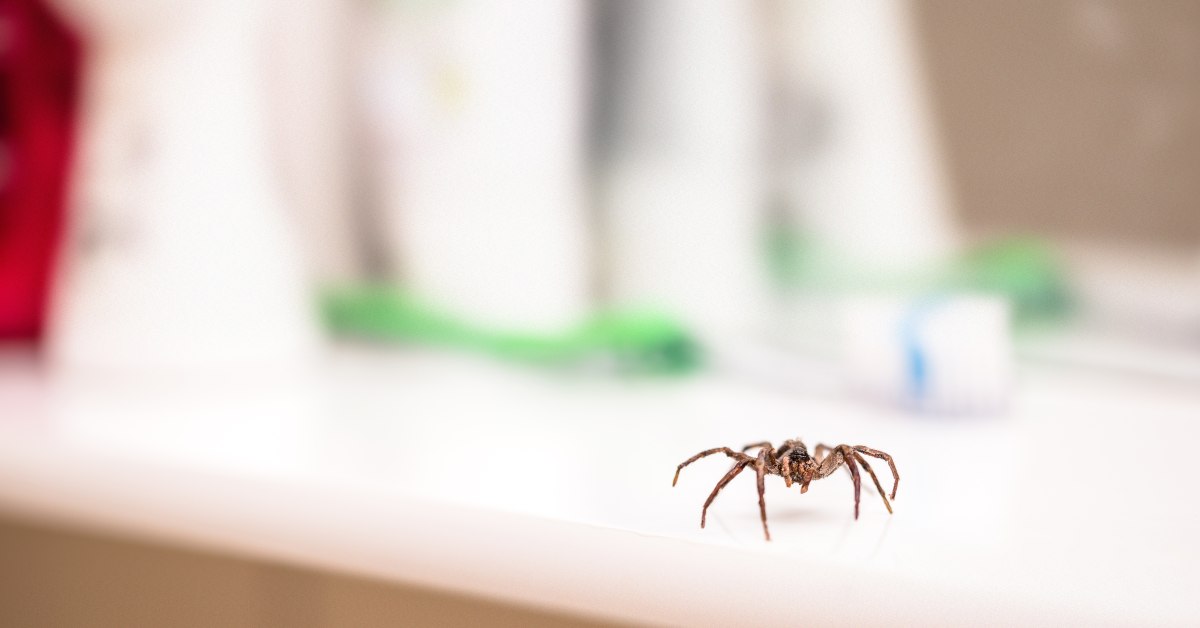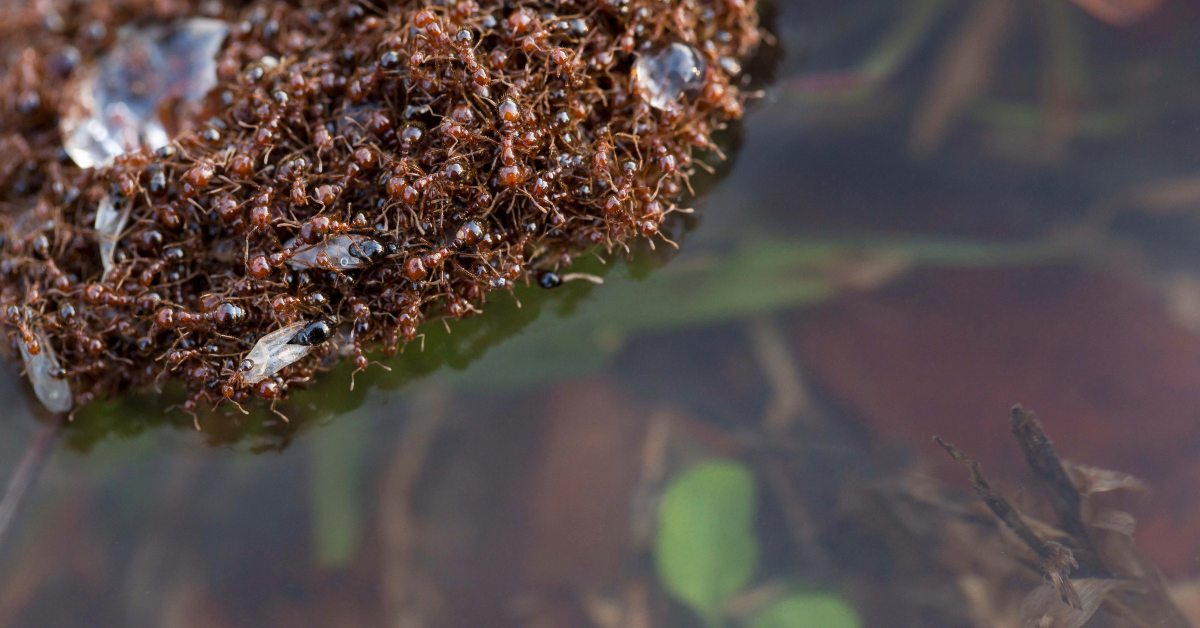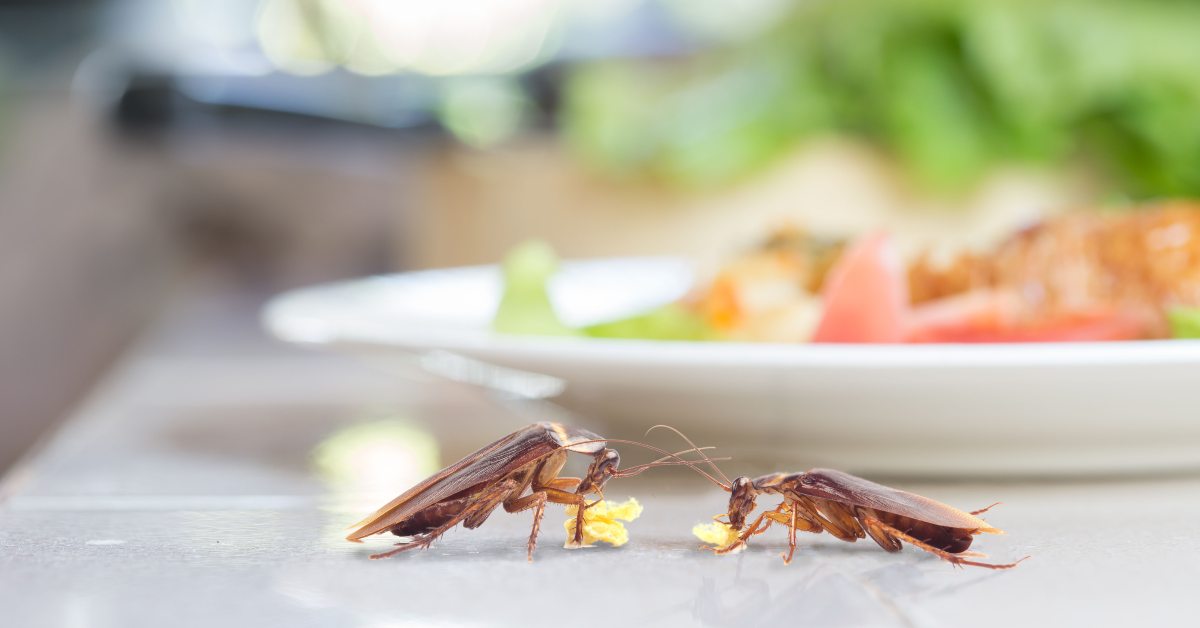While rising water levels and raging currents are an immediate risk in flood zones, there are plenty of other things homeowners need to be concerned about during torrential downpours. All sorts of pests are most active in floods either before, during or after.
Heavy rainfall and flooding are more common than many homeowners would like in Brisbane and Southeast Queensland. Flood systems and tropical storms cause billions of dollars in property damage whenever they arise and can force Australian families into dire times.
If property damage isn’t from immediate storm effects, it may be due to pest infestation that was brought about by flooding. Most recently, Brisbane and the SEQ region were subjected to intense flooding in February/ March of 2022. At the time of writing, many households are noticing pest activity inside their walls, and reports will only increase.
Cure-All Is Here To Support All Flood Affected Homes & Businesses
Dealing with pests is the last thing homeowners want to go through after an already stressful time. If you’re struggling to control pests after floods, contact Cure-All today, and we’ll give you expert help and support so you can return to a normal life as soon as possible.
Read on for tips on how to protect your home from pests after floods and learn when different types will target your home.
Summary
- The risk from floodwater continues long after the initial damage has been made. Pests, diseases and parasites are all carried in the water and can infest homes, businesses and properties.
- It’s always advised to hire a pest control technician to safely and expertly conduct a pest inspection on your property after being exposed to flood conditions, even if there is no water damage.
- The listed pests can invade your property at any time during a flood, but the timeline we’ve provided gives you a better understanding of when they tend to be most active.

Dangers Of Flood Pest Infestation
Flood systems, especially in metropolitan areas, upturn a lot of waste and carry it far and wide. Because of this, pests are more likely to carry disease that is present in the floodwaters.
The Perfect Conditions For Breading
The aftermath of floods creates the ideal conditions for insect repopulation. There is plenty of waste and nutrients laying around alongside ample damp environments. Because of this, several species of insects such as flies, beetles, worms and mosquitos will reproduce at a rapid rate.
Ingested worm eggs from flood water also commonly affect pets and livestock who may have consumed contaminated water. These symptoms are less common in people but not impossible for those who had spent time around deep floodwaters or had any splash near or around their mouths.
Pests That Come Before The Floods

Ants & Termites
Ants are often the first pest you’ll notice inside your home when the rains start. These small insects have an uncanny knowledge of when dangerous weather systems are forming and will move their whole colony to safer ground.
If your property is elevated, they may establish a new colony outside in a safe space like a covered carport, open shed or garden. Still, they’re not picky for places to stay and will likely enter your home searching for food and protection from the flood rains.
Termites can survive through floods in their vast underground systems. If that safety is ever compromised, they will travel similarly to ants to find higher ground or direct shelter. Termites are also a huge risk after floods when the wood and organic materials in your home are waterlogged. This makes them more digestible and easier for termites to chew through. Floods can wash away your existing termite barrier, so act swiftly to reapply it before infestation starts.
Spiders
Similarly to ants, nearby spiders will likely try to get inside your home when the rains first start up. Since your home has become a hot spot for all kinds of insects, spiders will bunker down in high-up places for safety from the storm and to feed. While we’ve all spotted a daddy longlegs or two around the home, floods can attract outside spiders. Floods may disturb the habitats of spiders like redbacks, funnel-web spiders, mouse spiders, and trapdoor spiders.
Other Insects
Depending on where you are, you may notice different insects trying to creep in under doors or through windows, such as beetles, flies, slugs and more. Make sure your home is sealed as soon as possible.
Pests Carried During Floods

Snakes
Snakes in flood water always make headlines during these times. All sorts of reptiles search for cover once their burrows or shelters flood. Because snakes are cold-blooded, they’ll keep looking for a warm place to hide, which is most often in roofs or under homes. But they can also find themselves in more interesting spots inside your home, like behind heaters, under furniture or even in laundry hampers.
Note: Never attempt to remove any snake (venomous or not) from your property without the proper protection or the assistance of a pest professional.
Rats & Mice
Rodents are the most likely pest to force their way into your home. They will chew, claw and scratch their way inside if need be. Rodents can carry disease and are likely to invade your food sources.
Because our homes may suffer structural damage from floodwater, new entry points for rodents may be opened up. Even the classic Queenslander and other homes on stilts aren’t safe since rats can climb up drainpipes or use nearby trees to get into your home.
Any broken windows, cracked wooden structures and other openings should be covered immediately to prevent vermin from getting inside.
Fire Ants
Most ants have to get in early because it is impossible for them to cross when the floodwaters come. That isn’t the case for fire ants that have developed one of the most bizarre survival tactics we’ve seen. By clinging together, they make a raft that floats in floodwaters, with the queen and larvae protected in the centre. This raft can stay adrift for two whole weeks until they crash into a house which they can use for shelter.
Pests Attracted After Floods

Flies
Prolonged wet and humid conditions make for perfect breeding conditions for flies. With so much rot from waterlogged items and stacks of debris in the waterways and streets, maggots have plenty of food sources to sustain them. To avoid this, clear away any exposed food or rotting materials and landfill them as soon as possible, so there’s no time for them to fester in piles.
Areas most heavily affected by floodwaters will suffer an increased number of fly swarms. While you’re focused on cleanup, this can be a demoralising and disgusting thing to work through. If a home has been flooded, these swarms can even infest inside and out.
Following floods or major rain events, the population of biting insects tends to rise. These insects can include midges, sand flies and most frequently, mosquitos.
To keep them out, ensure all open-air entrances are closed, or covered with flyscreen.
Mosquitos
Once the floodwaters have lowered and the sun has returned, mosquitoes arrive to lay their eggs in any stagnant puddles or still bodies of water. Queensland mosquitoes can carry harmful diseases such as dengue fever which are passed on through mosquito bites.
The best way to remove these pests is by clearing away as much water as possible near your property and doing an in-depth inspection of your house to ensure there is no stagnant water in your gutters, drains or in any other containers. If the issue persists, contact a pest control expert.
Cockroaches
These notoriously resilient pests can infest your home at any time of a flood. They can hold their breath in water for 15-minutes, which is plenty of time to swim from house to house. They will crawl through the smallest of gaps, and when your home is nice and wet, they will start several nests where you may never notice. The reason we put them here is because roaches tend to be noticed long after the floods have gone. Their invasion can come as a surprise due to their quiet nature, only becoming noticeable when it’s far too late.
Cure-All Will Help You With All Flood-Related Pest Issues
If you’re struggling to keep up with the pests invading your home, Cure All Pest Control is here to help. We are trusted by more than 10,000 residential properties in Brisbane, Ipswich and the Gold Coast to fulfil all their pest control needs. Find out more about our many pest control services available, or contact us for more information.



